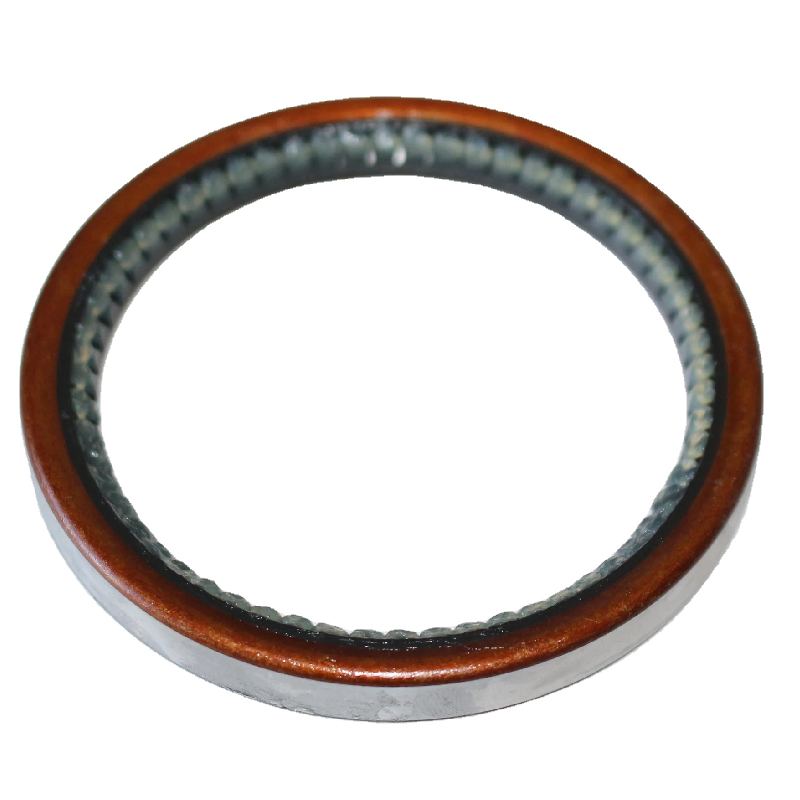Understanding Automatic Transmission Oil Seals for Optimal Vehicle Performance and Maintenance
Understanding Automatic Transmission Oil Seals
Automatic transmission systems are marvels of engineering, ensuring smooth shifts and optimal performance in modern vehicles. An essential component of this system is the oil seal, which plays a critical role in maintaining the transmission's efficiency and longevity. In this article, we will explore the functions, importance, and maintenance of automatic transmission oil seals.
Function of Automatic Transmission Oil Seals
Oil seals are designed to prevent the leakage of transmission fluid, which is crucial for the functionality of automatic transmission systems. These seals are typically made of durable materials such as rubber or synthetic compounds that can withstand high pressures and temperatures associated with the transmission environment. The oil seal creates a barrier between the moving parts of the transmission and the outside environment, preventing contamination from entering and ensuring that the transmission fluid stays contained.
Importance of Transmission Fluid
Transmission fluid lubricates the moving components of an automatic transmission, reducing friction and heat generation. It also serves as a hydraulic fluid that enables the transmission to shift gears smoothly. If the oil seal fails, transmission fluid can leak out, leading to insufficient lubrication, overheating, and ultimately, transmission failure. Additionally, contaminants such as dirt and debris can enter the system, causing further damage. Therefore, maintaining the integrity of the oil seal is paramount for the health of the transmission.
Signs of Oil Seal Failure
automatic transmission oil seal

Recognizing the signs of a failing oil seal is crucial for timely intervention. One of the most noticeable indicators is fluid leakage, often seen as reddish-brown spots under the vehicle. Low transmission fluid levels can also be a warning sign, necessitating regular checks to ensure adequate fluid levels. Furthermore, erratic shifting, grinding noises, or slipping gears may signal that the transmission is not receiving the necessary fluid, which could result from a damaged oil seal.
Maintenance and Replacement
To prevent issues related to oil seal failure, regular maintenance is essential. It involves periodic inspections of the transmission and its components, including the oil seals. During routine service, mechanics should check for signs of wear and tear, and if leaks are detected, the seals should be replaced promptly.
If you suspect an oil seal has failed, it is critical to address the issue immediately. Replacing a transmission oil seal can be a complex task, often requiring the removal of various components to access the seal. Therefore, it is advisable to seek the assistance of a qualified mechanic who can carry out the replacement efficiently, ensuring that the new seal is properly installed.
Conclusion
In summary, automatic transmission oil seals are vital for the proper functioning of an automatic transmission. They prevent fluid leaks and contamination, protecting the transmission system from damage. Regular maintenance and vigilance for signs of failure can help ensure a long and efficient lifespan for your vehicle’s transmission. By understanding the role of oil seals, vehicle owners can take proactive measures to keep their transmissions performing at their best.
-
Understanding the Front Main Engine Seal: Purpose, Maintenance, and Installation
News Jul.29,2025
-
Understanding O-Rings and Seal Rings: Types, Applications, and Custom Solutions
News Jul.29,2025
-
Understanding Crankshaft Oil Seals: Rear Seals, Pulley Seals, and Their Role in Engine Integrity
News Jul.29,2025
-
The Importance of Front and Rear Crankshaft Seals in Engine Performance and Oil Management
News Jul.29,2025
-
Crank Oil Seals: Functions, Types, and Cost Considerations in Engine Maintenance
News Jul.29,2025
-
A Comprehensive Guide to O-Rings and Seals: Types, Materials, and Global Applications
News Jul.29,2025
-
Mastering Diesel and Performance Engine Maintenance: A Guide to Critical Oil Gaskets
News Jul.28,2025
Products categories















